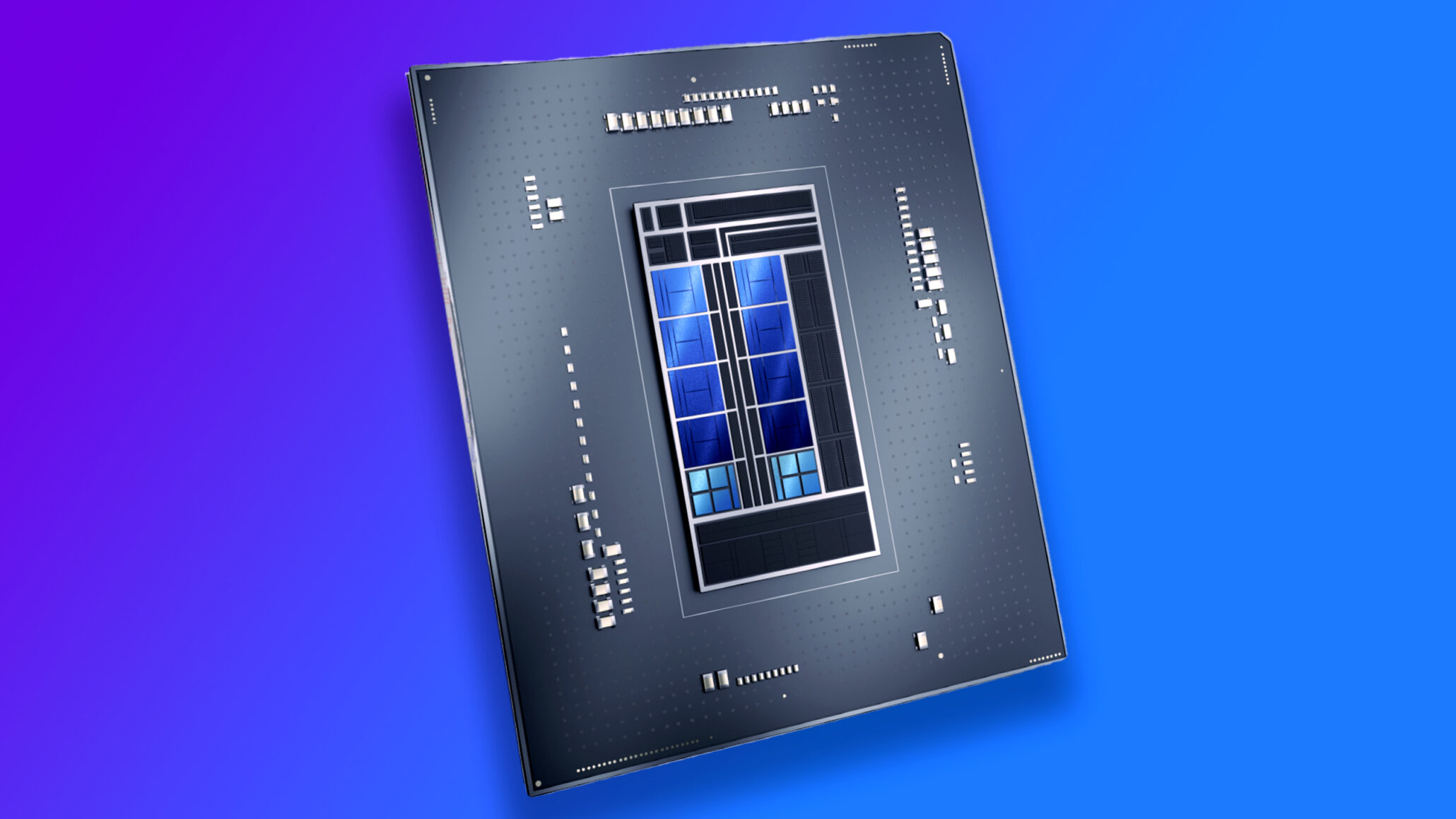Originally posted by bridgman
View Post
on other tasks like SGX intel failed to...
and the intel ARC GPUs in my point of view failed to.
really man intel would be doing better by just license the AMD version of AVX512 and just license RDNA3 design to ...
same for apple... the Apple M1/M2 SOCs could be much better in my point of view if apple just license RDNA3,...
i did read some benchmarks of the RDNA2 in Samsungs ARM SOCs vs Qualcomm old Adreno (old ATI gpu tech)
and the RDNA2 license pay for itself both have the same performance and the same power consumtion but the RDNA samsung chip has much less tranistors and much higher clock speed its 1400mhz on the Samsung SOC and only like 750mhz on the Qualcomm SOC... this means the RDNA2 license pay for itself by the tranistor count alone.
qualcomm could produce SOCs with the same performance with much less tranistors. also RDNA has more features like raytracing acceration hardware...
this means we have smart companies like samsung who just get a RDNA2 license and then we have stupid companies like intel who fail on their own design...
also if apple would license the RDNA3 design their linux support would instandly be much better because the opensource driver is done already.



Leave a comment: